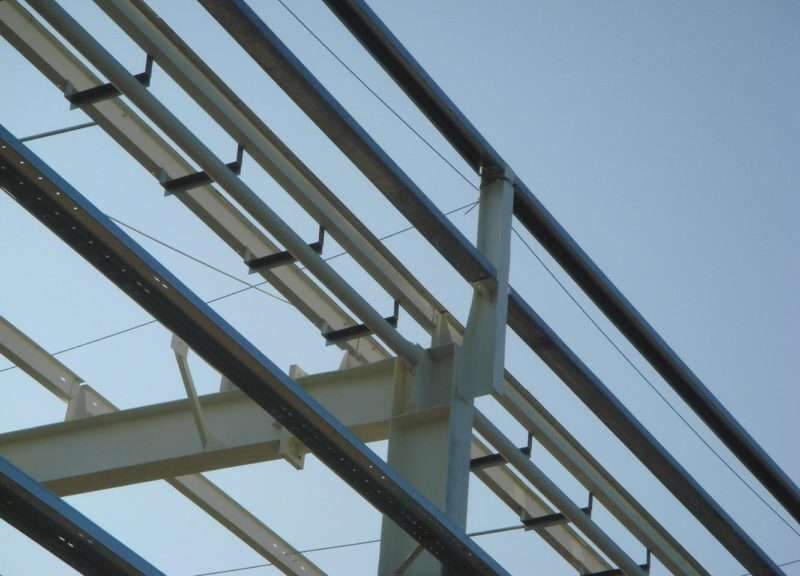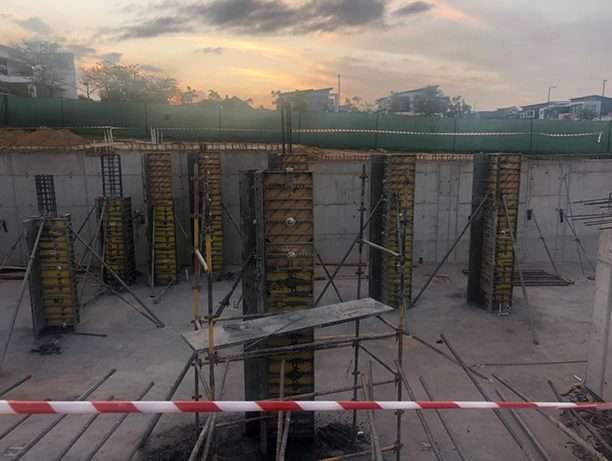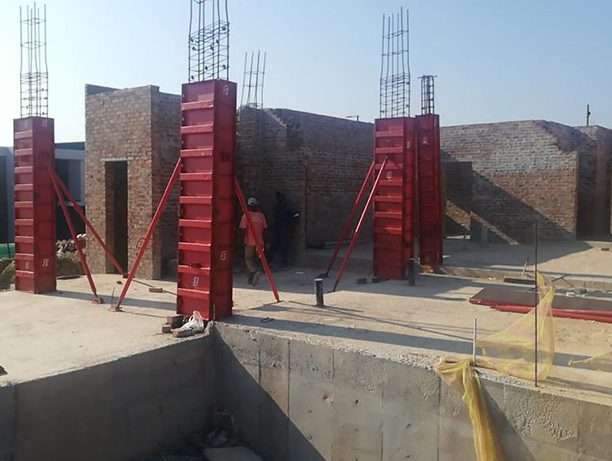Precast concrete is a versatile structural material that can be used as a structural system for a building, bridge, or other structure.
Precast structural systems consist of a variety of shapes and components,
most of which are divided into categories of beams, columns or walls.
However, because readymix is a molded material,
basically any shape can be made to meet the needs of the project.
The basic beams and columns were discussed in this section,
and the precast structural systems in building engineering resources were discussed.

rays
Beams are typically structural components and are manufactured in one of three main forms:
rectangular
Inverted T-beams
L-beams
Beams are horizontal components that support deck members such as double tees,
hollow slabs, solid slabs, and sometimes other beams.
It can be reinforced with either prestressing rope or conventional reinforcing bars,
depending on the spans, loading conditions and preferred production methods of the ready mix concrete producers.
Typical sizes: Practically any size required to meet structural requirements
Typical depths: 16 to 40 inches.
Typical widths: 12 to 24 inches.
Typical aspect-to-depth ratios: 10 to 20

finishes
Since the beams are cast upright, the bottom, sides,
and edges are cast to a shape and are usually provided with a “cast like” finish which results in a smooth, hard finish.
The top of the girder is gripped by the finishing crew and can be smooth
or rough to simulate the finish of double supported tees (as in a parking structure),
or intentionally roughened to create a bond with the poured-in-place concrete which may have been poured on top.
columns
Columns are commonly used to support beams and struts in applications
such as parking structures and precast concrete structural systems of all kinds.
They are generally designed as multi-level components ranging from one story to six or more levels,
and the sizes and shapes can vary to meet both architectural and structural requirements.
Typical shapes: square or rectangular
Typical sizes: from 12″ x 12″ to 24″ x 48″.
Finishes: Because the columns are placed in a horizontal position, t
hree of the four sides are created with a pattern.
These finishes are very smooth and often remain ‘molded’ in the final masonry,
although they may be architecturally finished and exposed for show.
The fourth side is usually sanded with a trowel to match the other three sides as closely as possible.

packet racker
Raker beams are grooved angle beams that support stadium lift units and are used
universally in outdoor arenas and stadiums and in many indoor arenas and performing arts theatres.
Typical sizes: Sizes can vary as needed structurally and to match the different riser sections that they support.
Typical widths: 16 to 24 inches.
Finishes: All three sides will usually have a ‘cast iron’ finish resulting in a soft and hard finish,
and the fourth side is sanded by the finishing crew to match the other sides as closely as possible.
For more architectural news
The use of wood in interior design and different types of wood


 العربية
العربية